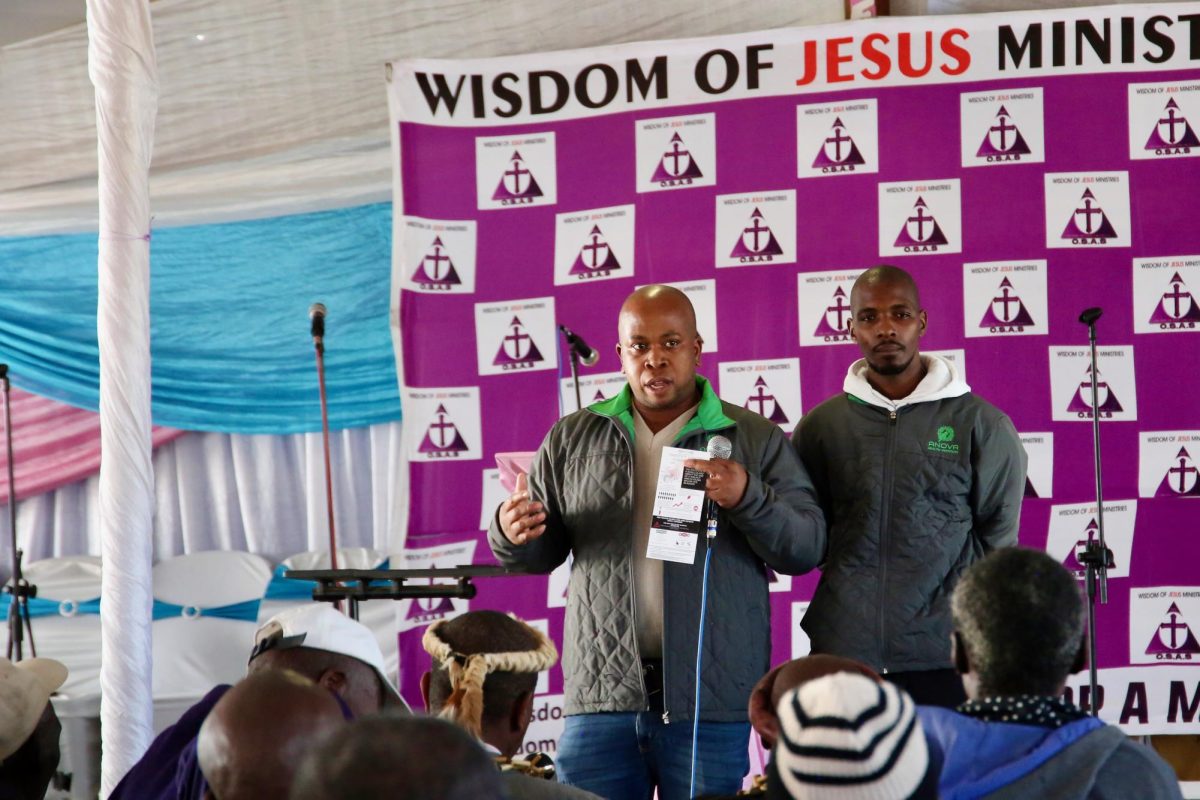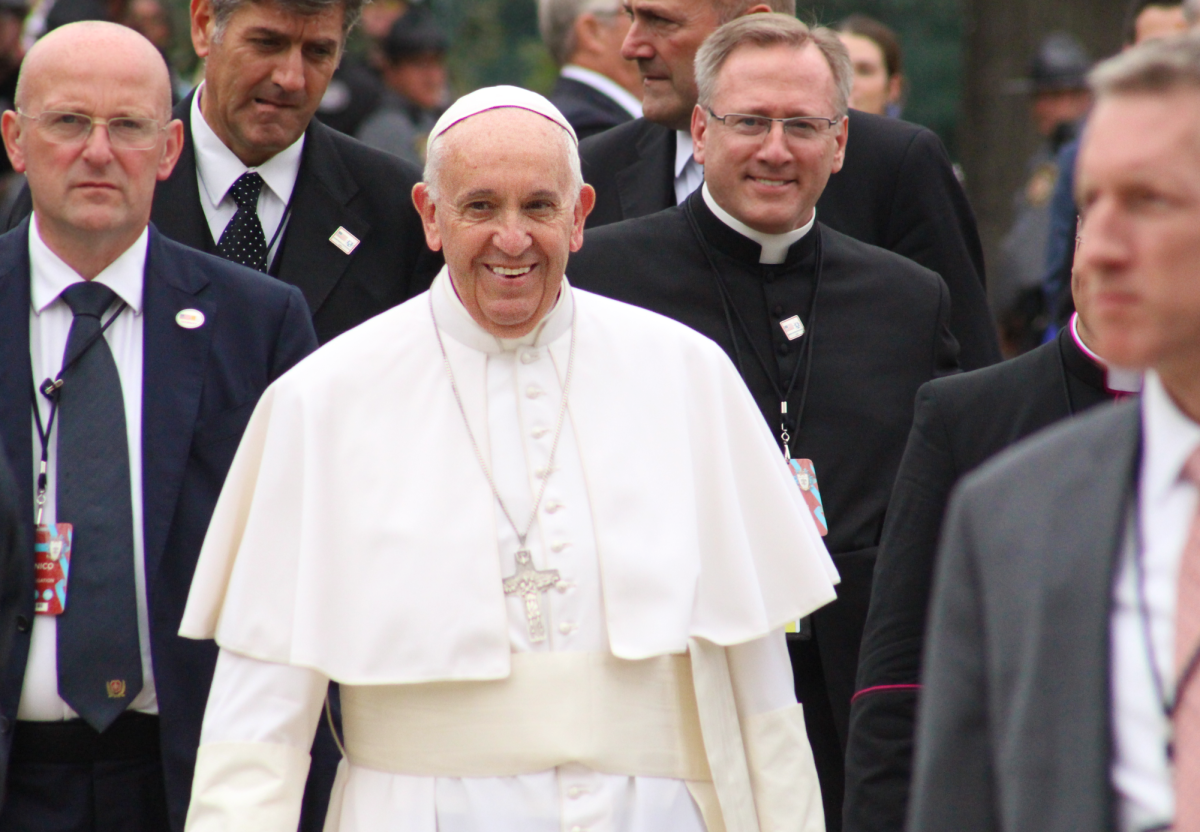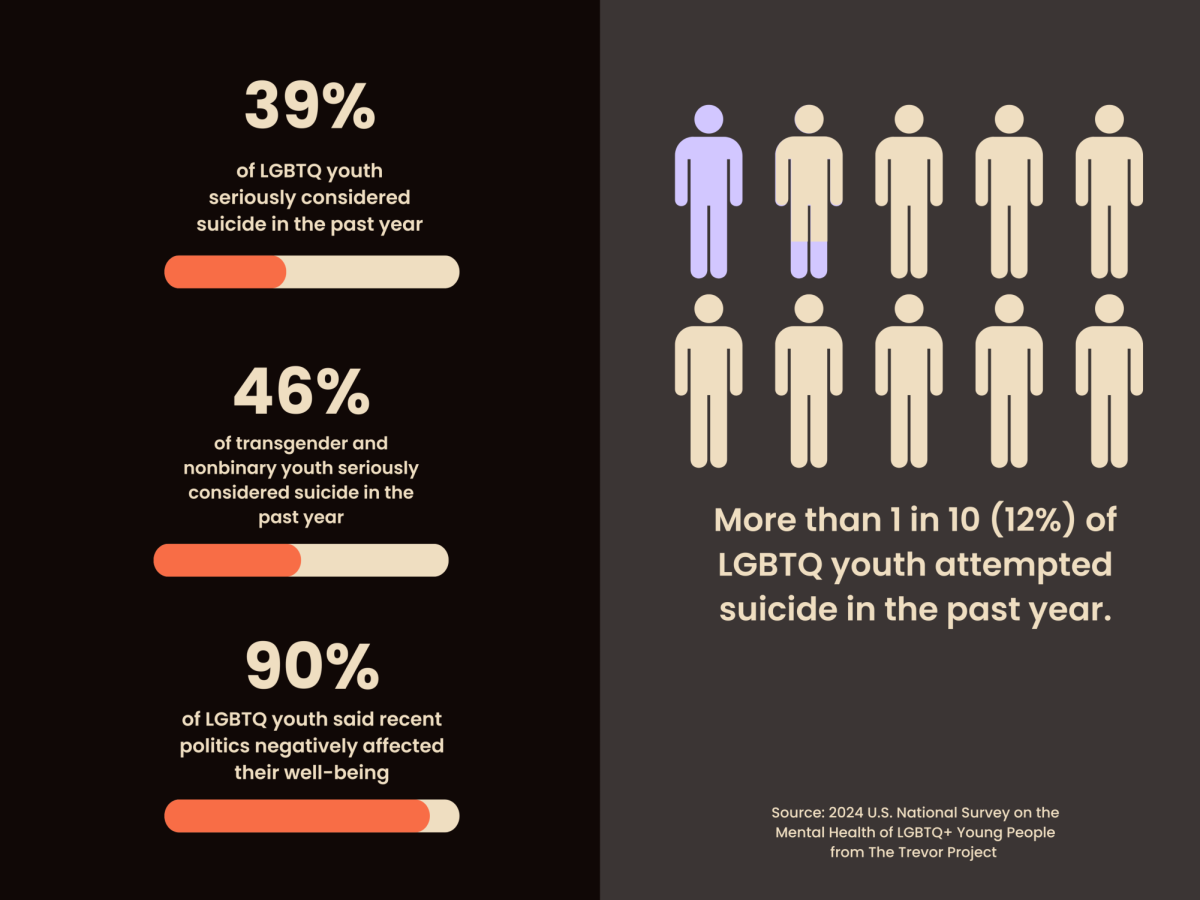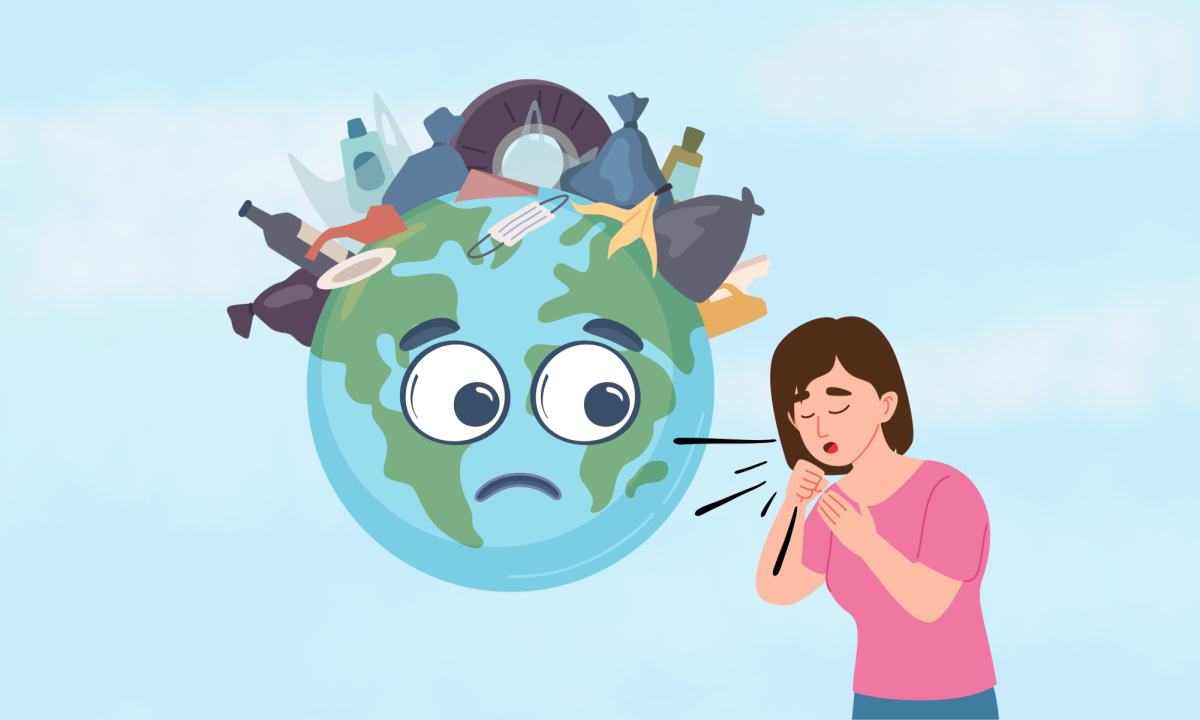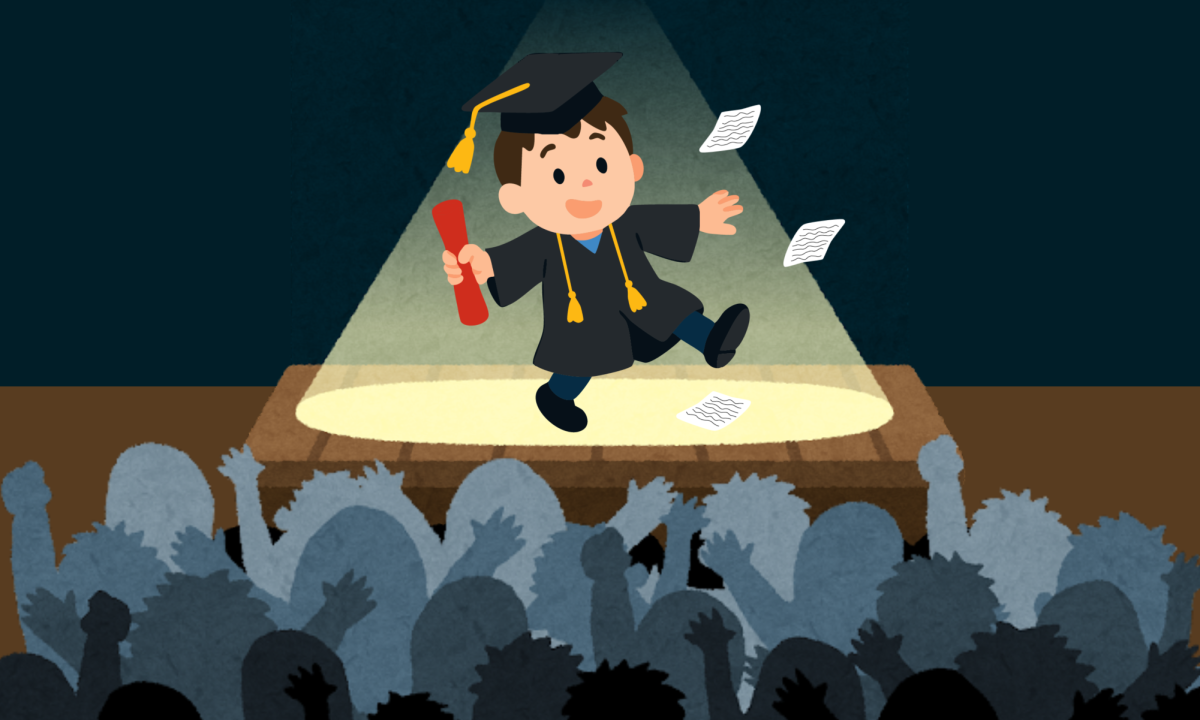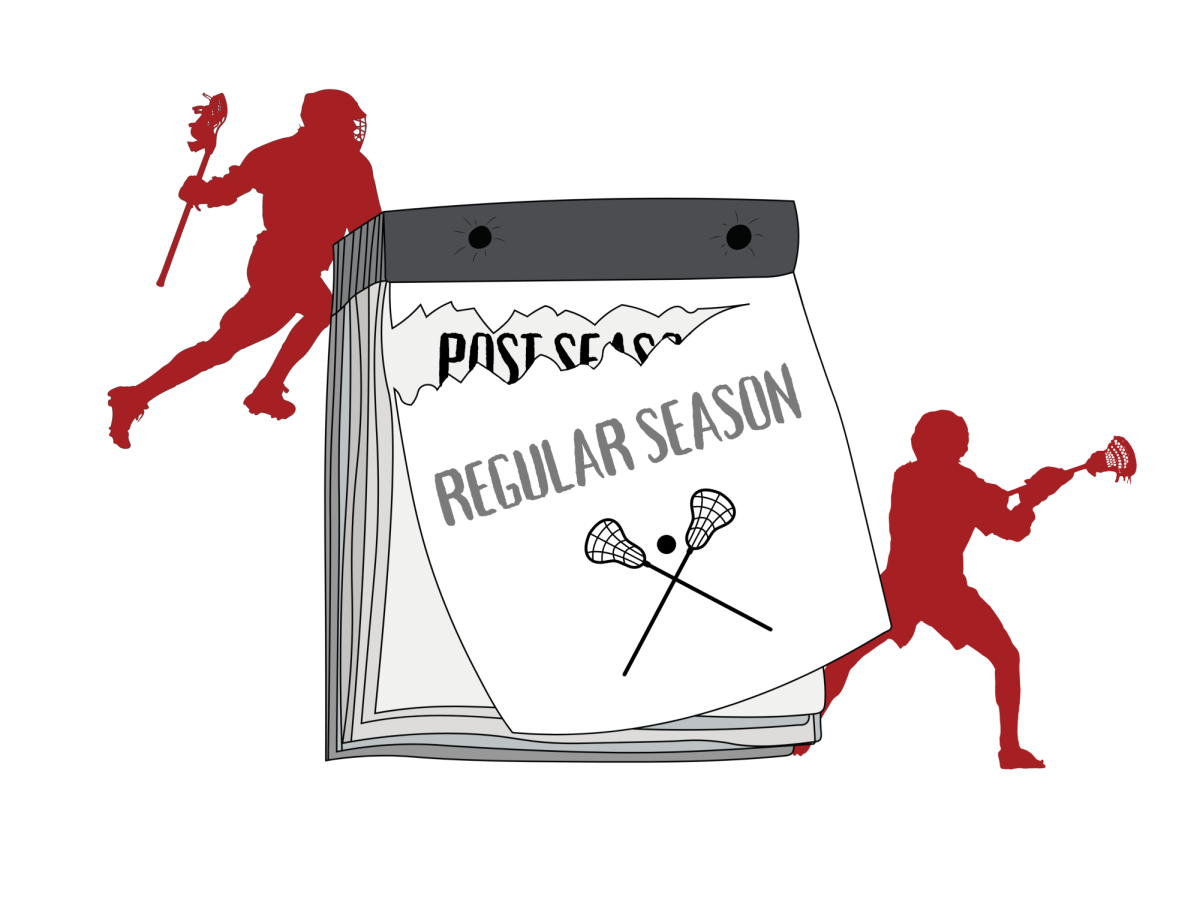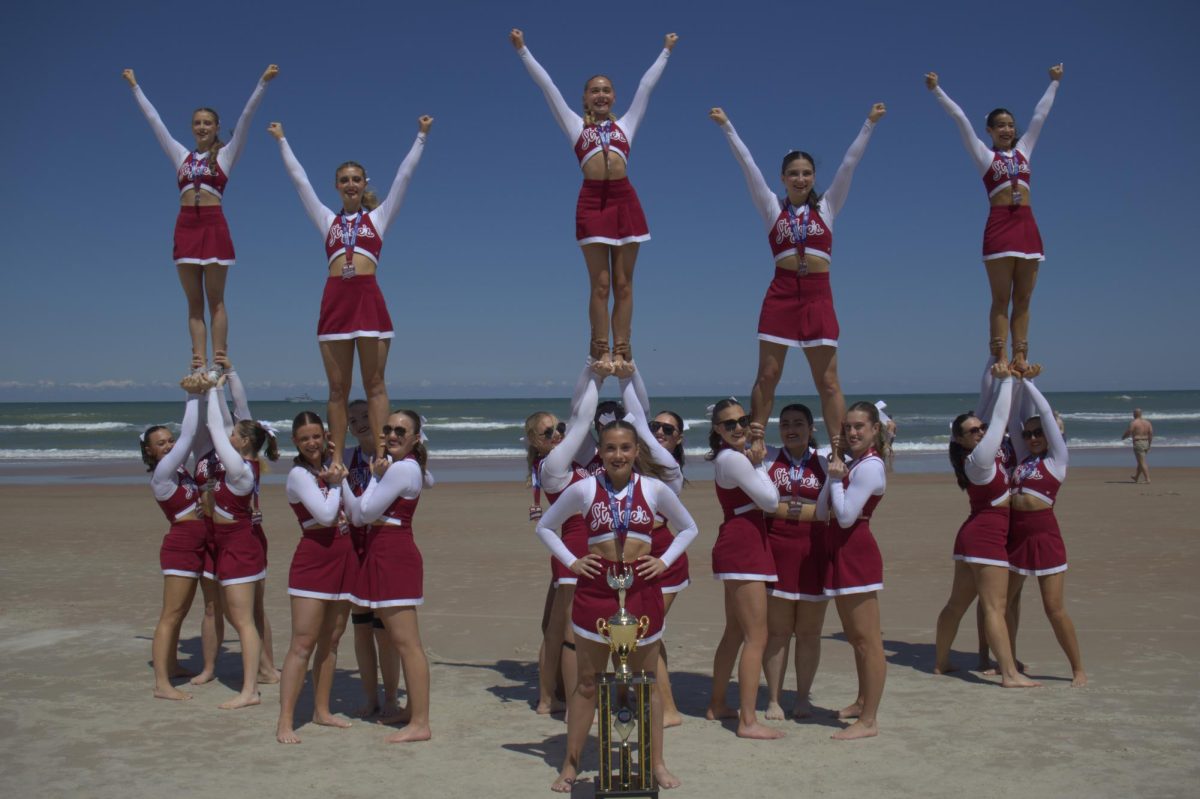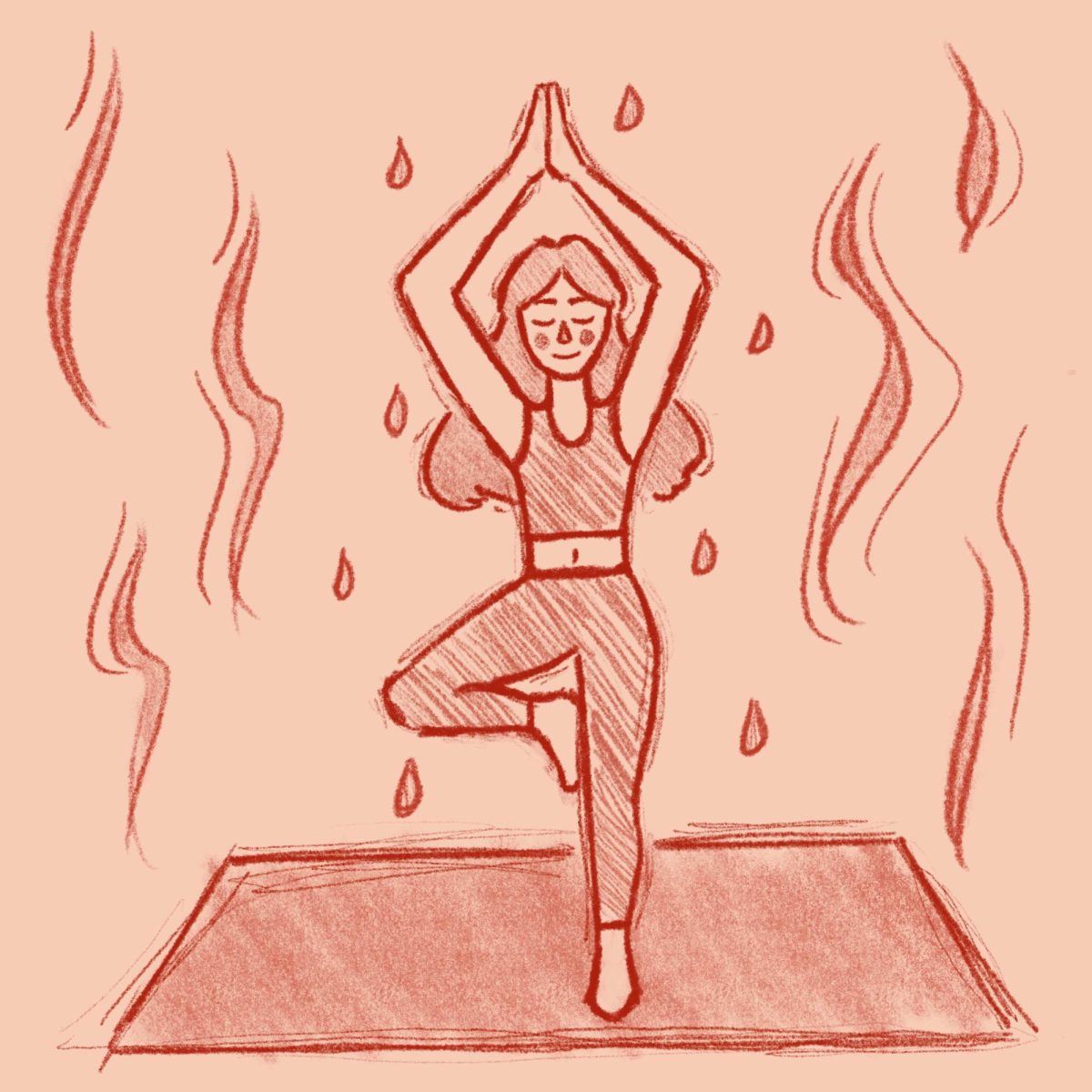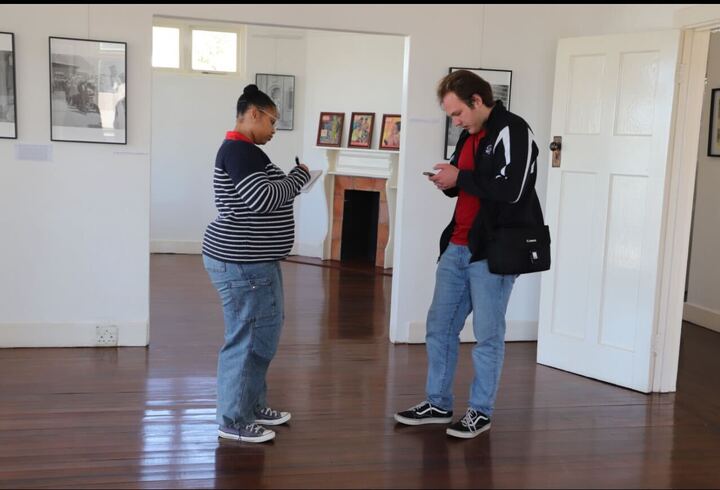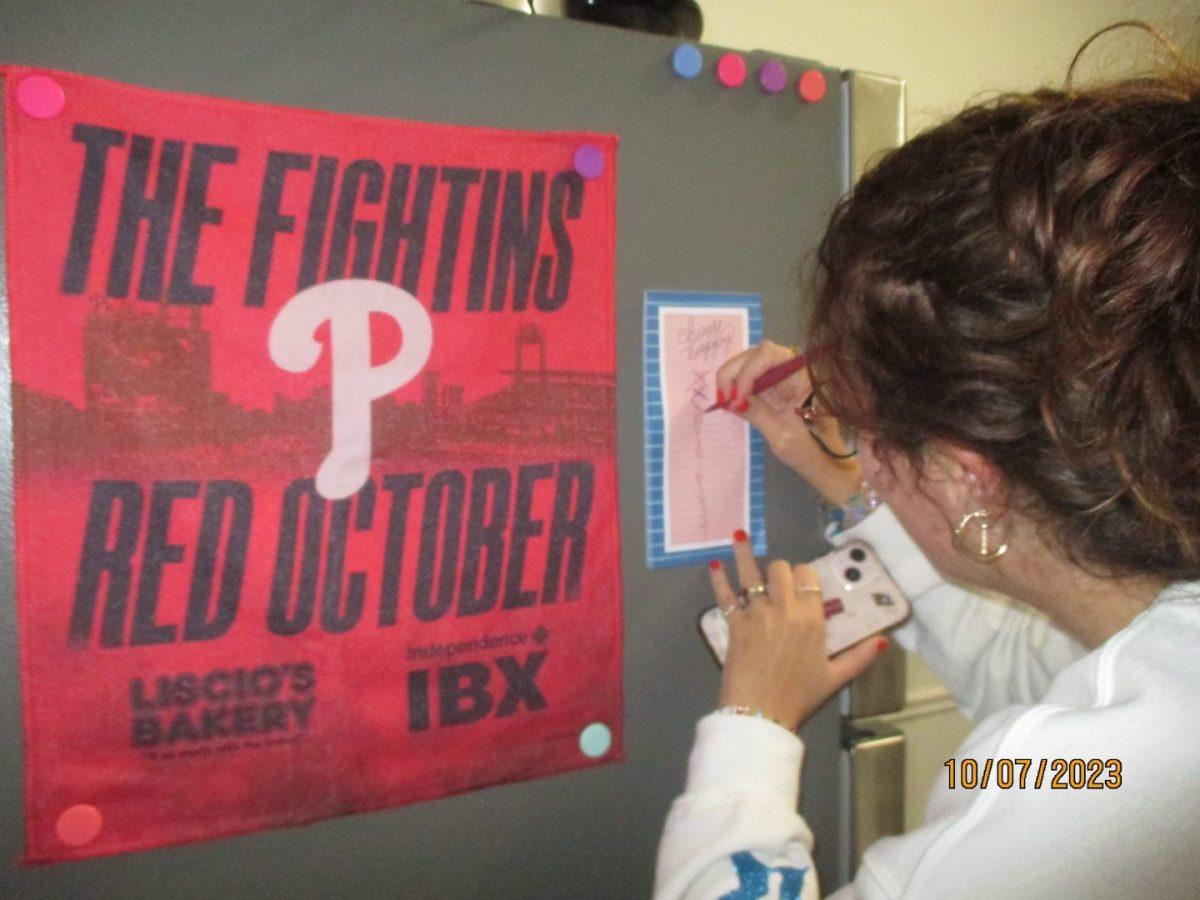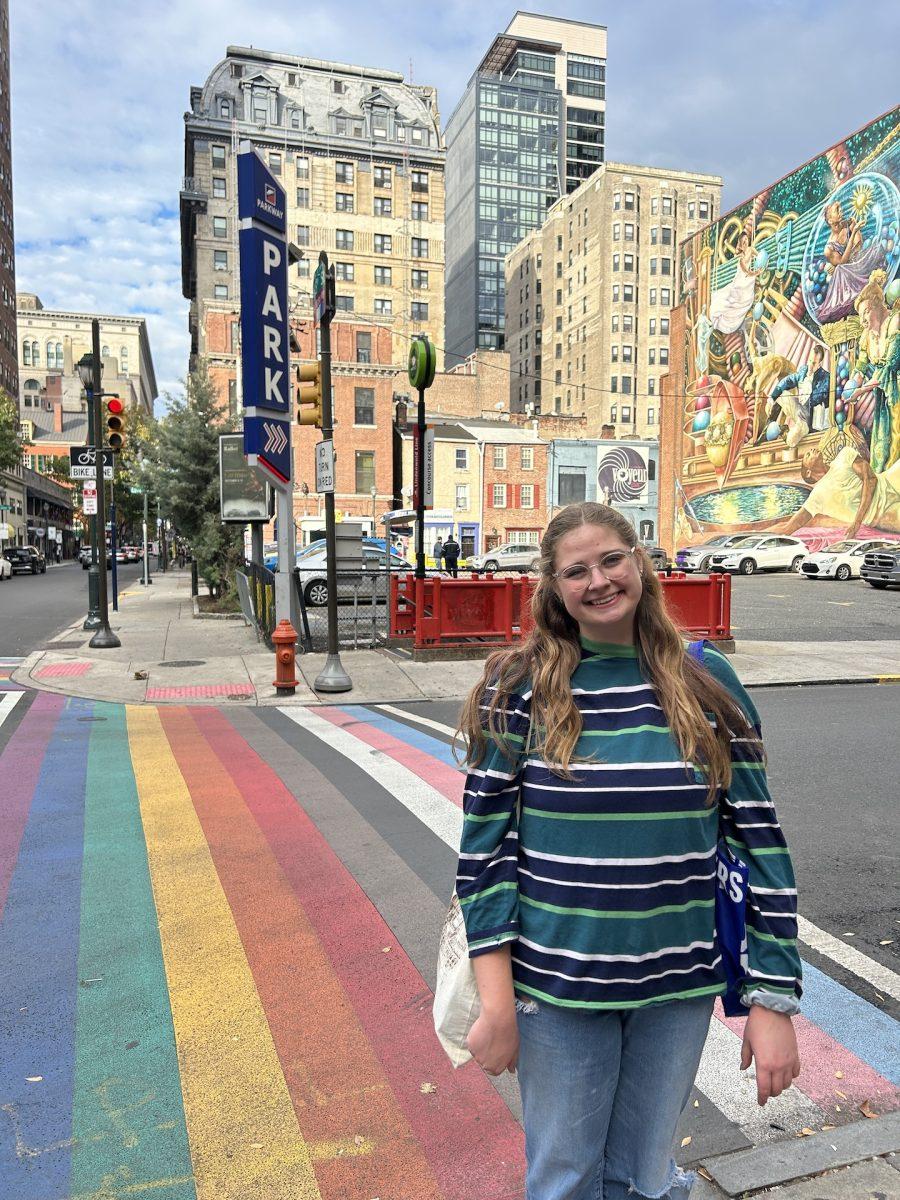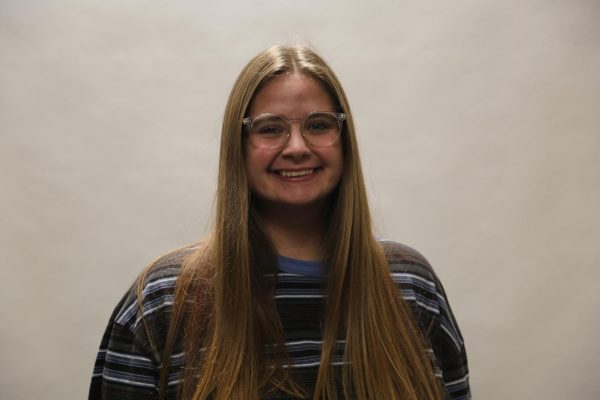I’ve always enjoyed visiting Philadelphia’s Gayborhood, located in the area of Locust and 13th streets in Center City. I marvel at the intersecting rainbow roads, pride street signs and historical markers detailing some of Philly’s most prominent LGBTQIA+ activists.
The Gayborhood, which gained its official name in 1995, is supposed to serve as a safe space for all LGBTQ+ people while also preserving and showcasing Philly’s queer history. I wanted to know more about that history, so in late October, I decided to do the Philadelphia Inquirer’s self-guided walking tour of the Gayborhood with two of my best friends, Anna Owens ’24 and Kevin Hoban ’24.
The first stop on our self-guided tour was at the “No left turn” sign on 21st and Delancey streets, an area in Rittenhouse Square that used to be known as the “Merry-go-round” for gay men in the 1960s and 1970s after the bars and nightclubs had closed. The purpose was to meet other gay men after hours. The sign, which was installed in 1974 by Philadelphia’s then-Mayor Frank Rizzo, stating left turns are not allowed between “midnite-5 a.m. daily,” still stands today.
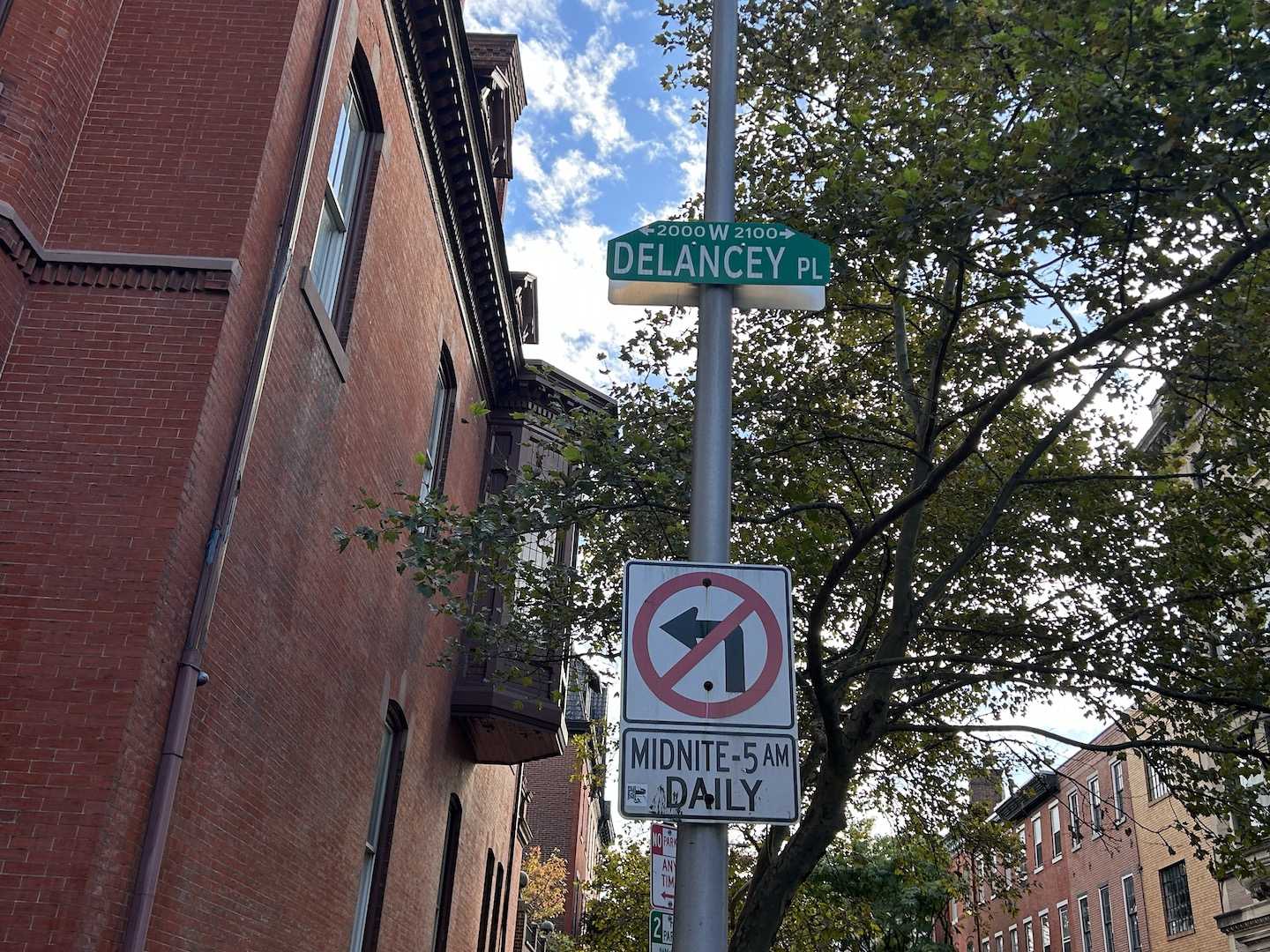
Other stops included Barbara Gittings’ house, an LGBTQ+ advocate and founder of New York’s chapter of Daughters of Bilitis (DOB), the first lesbian civil rights organization in the United States. I also visited the old site of Dewey’s at 219 S. 17th St., where the first-ever transgender and gay sit-in occurred April 25, 1965, prior to the Stonewall riots in June and July of 1969 in New York City.
But once I began talking to LGBTQ+ activists and historians, I realized a tour of the Gayborhood doesn’t always reveal one of the most uncomfortable parts of its history: It is not a safe space for everyone who identifies as LGBTQ+.
The Gayborhood is primarily a celebration of white gay male culture, said Bob Skiba, curator of the John J. Wilcox Jr. LGBTQ+ archives at the William Way Center. As the Gayborhood developed in the 1950s and 1960s after World War II, Skiba said it “was seen as a white male enclave” that people of color tended to stay clear of.
“Historically, the presumption was that the Gayborhood was the space for white men,” Skiba said. “Even women, gay women [and] lesbians did not necessarily feel welcome there.”
Prior to 2020, I might have been able to visit a mural of Gloria Casarez, a queer Latina activist who served as Philadelphia’s first director of LGBT affairs and passed away in 2014. But in 2020, the mural, which had been located on the side of a building at 204 S. 12th St., was whitewashed without warning. In 2021, a historical marker commemorating Casarez was placed in front of City Hall.
Recognition for queer folks of color in the Gayborhood is few and far between, said Elicia Gonzales, an adjunct professor at the University of Pennsylvania who is queer and Latina.
Gonzales described her current relationship with the Gayborhood as “heartache.”
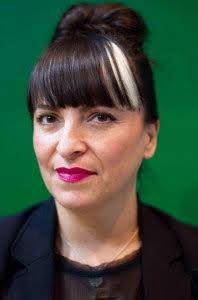
“It doesn’t really feel gay anymore,” Gonzales said. “But you could feel that it was, you know what I mean? There’s still remnants of it, but it definitely doesn’t feel like it once did.”
Gonzales said there is a lot of emphasis on cisgender, gay, white men in the Gayborhood without taking other identities into account.
“If there are any recognitions of folks, it’s usually because they’ve been murdered or something to that effect. We don’t really get a chance to ‘give people their roses’ enough,” Gonzales said. “There needs to be a far greater effort, specifically to Black trans women in Philadelphia, and the work that they contributed for decades to Philadelphia that needs to be named, honored and noticed.”
Discrimination in the Gayborhood doesn’t just come from outside of the LGBTQ+ community, but often from within the LGBTQ+ community itself, Gonzales said.
“There’s also the unfortunate, ongoing unchecked issue of really deep-seated racism in the Gayborhood,” said Gonzales, adding that even after years of LGBTQ+ advocates calling out the permeated racism, nothing has changed.
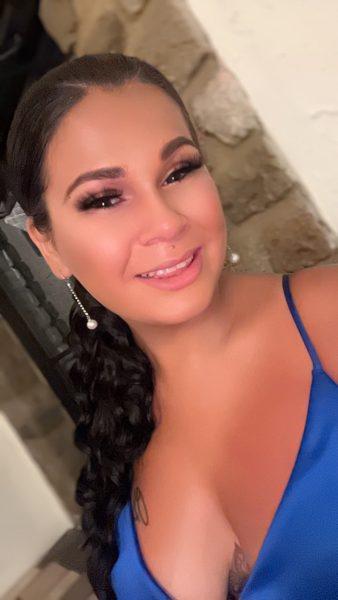
Valentina Rosario, a trans Latina woman from Kensington who is a diversity, equity and inclusion (DEI) consultant, said she began to understand the Gayborhood’s environment from an early age.
“The Gayborhood isn’t really an environment for people of color,” Rosario said. “So I just always stuck to nonprofits growing up…because in my head I was just like, ‘the Gayborhood isn’t for me.’”
Joey Leroux, co-founder of Beyond the Bells Tours, an organization that gives tours of Philadelphia, including the Gayborhood, said on the tours, they tell stories that aren’t always evident in Philadelphia or the Gayorbohood’s histories.
“Part of the work that we’re doing with Beyond the Bells is trying to show that you don’t have to go outside of the beaten path to find stories about people of color and women [and] indigenous people,” Leroux said.
While the Gayborhood has a lot of work to do to become an inclusive space for all, Gonzales said she still has a feeling of nostalgia for her early memories in the Gayborhood.
“There’s such a vibrancy in the queer community with colors and music and being really outspoken and loud, and all of that that I just feel really drawn to,” Gonzales said. “So I love that component of the Gayborhood.”
Both Gonzales and Rosario said the creation of a queer collective — a group of queer, LGBTQ+ individuals — is one way the Gayborhood could be more inclusive.
“Make sure queer people of color voices are highlighted and heard,” Rosario said. “You can’t fix the problem if you’re not including the people you’re harming into a conversation.”
The next time I visit the Gayborhood, I will be listening.
This is the first story in a six-story series by Allie Miller ’24 about issues that impact LGBTQIA+ people at St. Joe’s and in the Philadelphia area.



